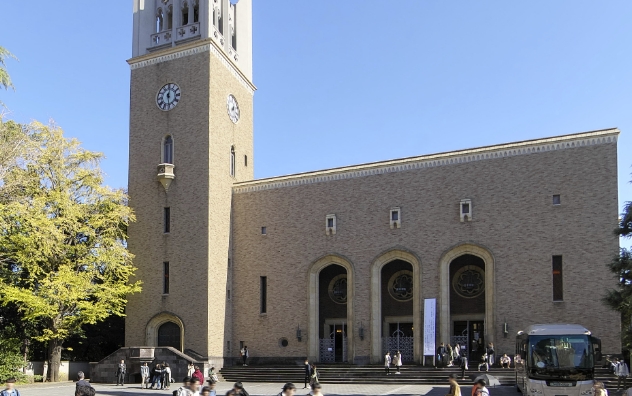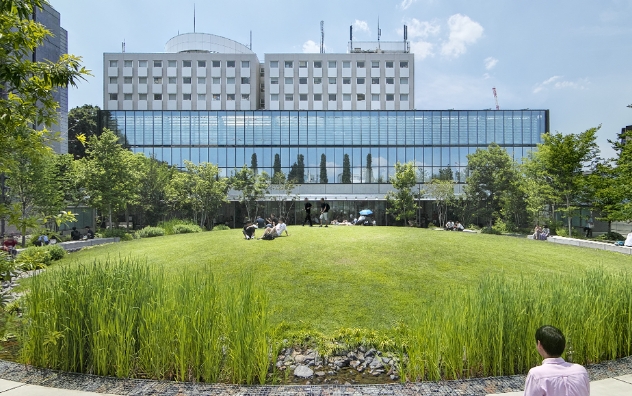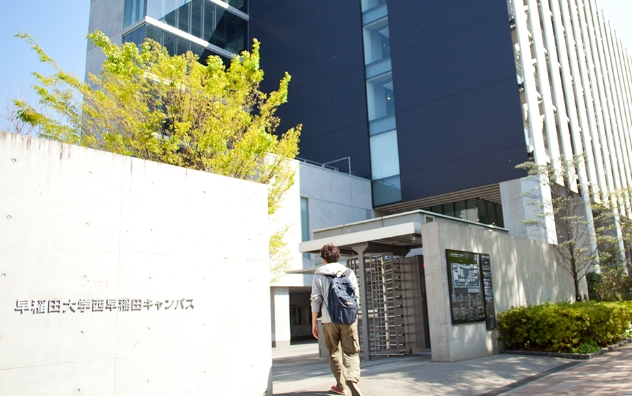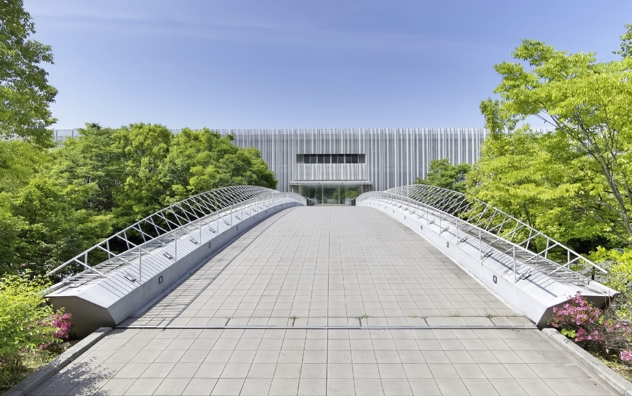The key to prosperity lies in the diversity and traditions of life
Tue, Dec 24, 2024-
Tags
Aiming for a better future for local communities
There are many issues that must be resolved to realize a sustainable local community, such as population concentration in urban areas and natural disasters. We spoke with Professor Yo Sasaki of the Faculty of Science and Engineering, who is conducting research into the use of civil engineering design to preserve and develop lifestyles and landscapes.
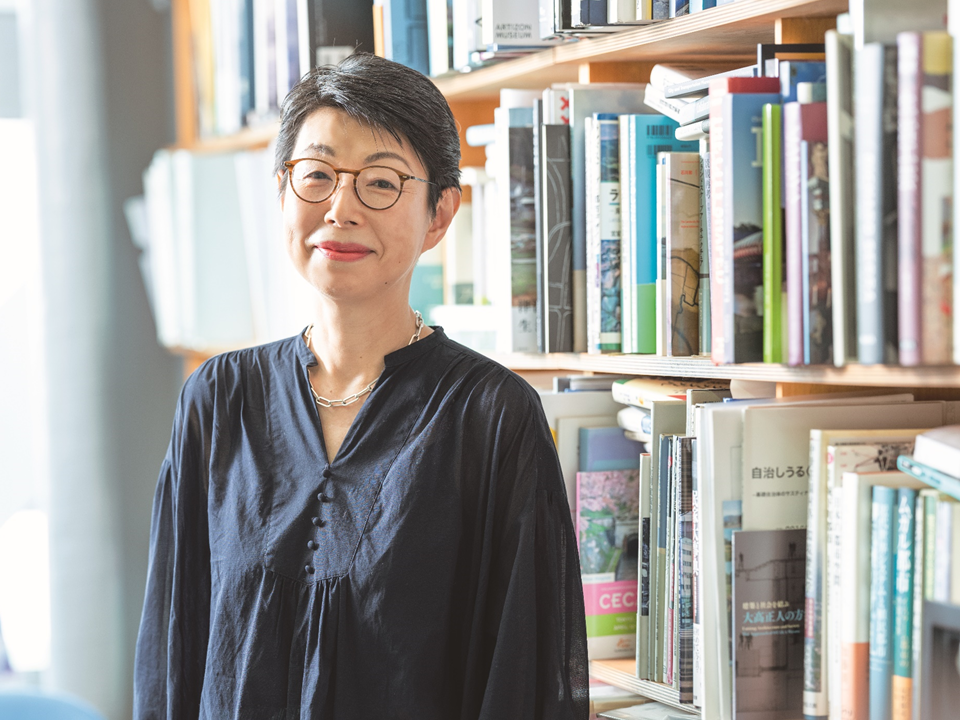
Thinking about sustainable and prosperous living, inspired by local lifestyles
With the theme of “enriching people’s lives from a long-term perspective,” I am researching urban development in the field of civil engineering, focusing on landscape theory and design theory. I am particularly interested in the lifestyles and landscapes of local cities and villages, and in addition to fieldwork in various locations, I have set up a satellite laboratory in Yahata-cho, Gujo City, Gifu Prefecture, where I communicate the results of my research while interacting with local residents.
Living in rural areas, where people coexist with nature, is full of interesting wisdom and hints for solving current problems. From the perspective of diversity in lifestyle, preserving rural lifestyles will also lead to the resilience of cities and entire countries. For example, when people are forced to change their lifestyle due to an economic crisis or natural disaster, they can get hints for survival from the traditions and customs unique to the region. In today’s society, where landscapes and lifestyles are becoming increasingly standardized, I continue to think from the perspectives of landscape and civil engineering about how to preserve various lifestyles.
A cyclical program to educate people through the power of civil engineering design
One of the major roles of civil engineering design is to “express clearly that this is a valuable place.” For example, in the villages around the Furuota River in Shibata City, Niigata Prefecture, traditional ways of living by the water are practiced, such as handmade earthen banks and maintenance work called “ezarai” to maintain the river environment. From our research team’s perspective, these are valuable customs that should be protected, but for the residents, they are a natural, everyday sight. However, they are gradually disappearing. Therefore, we are working to create opportunities for residents to rediscover the value of the river through setting up tents and tables on the riverside and exploring the river and its surroundings with children, in order to rediscover the value of a place where people can gather freely, starting from the “river” that is close to them.
By learning about the free and open lifestyle that is unique to the region and not found in the city, students will develop into individuals who can flexibly incorporate diverse ways of thinking. Unfortunately, however, such places do not occur naturally in modern times. This is why creating programs through design is important. If people create an environment, that environment will nurture people, and those people will make efforts to maintain a good environment. We would like to use civil engineering design to create such a cycle.
In the Department of Civil and Environmental Engineering, students learn about the ingenuity and wisdom behind familiar civil engineering facilities in a lecture called “Spatial Design.” In the next step, “Spatial Design Exercises,” students actually propose civil engineering designs, and many students start from scratch and try to create something special. This is the type of design that enhances the inherent richness of a place and creates an opportunity for new actions. Through these classes, we are conscious of broadening the concept of design to something deeper than just appearance.
Listening to the voices of consumers is essential to building infrastructure that supports daily life
In recent years, although damage has decreased compared to before due to technological developments, there are still many cases of environmental destruction caused by natural disasters. However, even if heavy rain or a tsunami washes everything away, there should be clues remaining as to what kind of place this was and what kind of life people lived there. With good civil engineering design, I believe that even if it takes time, people can regain a new life that is similar to the one they had before the disaster. In the future, in order to create new infrastructure that local residents can take on as stakeholders, there will be a greater need for people who can use the latest technology while listening carefully to the people who live there and find unique optimal solutions. Sometimes it may be necessary to flexibly reinterpret the rules and make bold decisions. I hope to continue my research and educate as many people as possible who have the courage to take the helm.
◆ PROFILE ◆
Professor Sasaki graduated from the Department of Architecture at Waseda University in 1984 and completed her graduate studies in Social Development Engineering at the Tokyo Institute of Technology in 1986, receiving her PhD in Engineering. After working as an assistant professor at the Faculty of Engineering at the University of Tokyo and an associate professor School of Social Sciences at Nihon Fukushi University, she has held her current position since 2003. She is also the vice president of the NPO Gujo Hachiman Water School. She has received the Japan Society of Civil Engineers Design Award Grand Prize in 2023, among other awards. In June 2024, she will become the first woman to serve as president of the Japan Society of Civil Engineers.
(Reprinted from CAMPUS NOW No.253 2024/10)
*This article was originally written in Japanese and was translated using an automatic translation tool.


